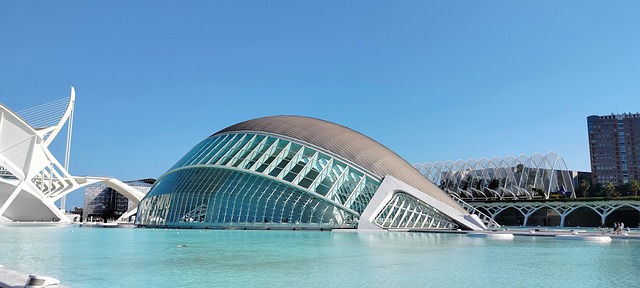Diving into Immersive Systems: Exploring Virtual Reality, Augmented Reality, and the Metaverse
In a world increasingly defined by digital experiences, immersive systems such as Virtual Reality (VR), Augmented Reality (AR), and the Metaverse are not just trends; they are transformative phenomena that are reshaping our interaction with technology and each other. These technologies allow us to delve into realms previously reserved for fantasy, granting us the ability to step outside our daily lives and explore new dimensions of existence.
Virtual Reality transports us to entirely constructed environments, engaging our senses and stimulating our imagination. Whether it’s exploring a vast digital landscape, participating in a heart-pounding adventure, or gently strolling through an art gallery, VR has the power to make us feel as if we are truly there. With advancements in graphics and haptic feedback, the lines between reality and imagination blur, leading to experiences that evoke genuine emotions and reactions. Gamers and creatives alike revel in this world, where the only limit is one’s mind.
On the other hand, Augmented Reality enhances our real-world surroundings by overlaying digital information in real-time. Imagine walking through a city and having your smartphone inform you about historical landmarks, restaurant reviews, or even giving you directions embedded within your view. AR bridges the gap between the digital and physical realms, elevating our everyday experiences and making information more accessible. It merges reality with digital enhancements, making mundane tasks magical and educational opportunities abundant.
Then, there’s the Metaverse, a collective virtual space where the boundaries of VR and AR converge. This expansive universe is not merely a place but an ecosystem of interconnected digital experiences. Within the Metaverse, users can socialize, work, and create, all while maintaining their avatars in this shared digital reality. This virtual existence allows users from around the globe to connect in ways that were previously unimaginable, fostering communities, businesses, and experiences that transcend geographical limitations.
As we delve deeper into these immersive systems, we uncover their potential beyond entertainment. Educational institutions are utilizing VR and AR to offer students hands-on experiences in subjects ranging from history to science, providing a rich and engaging learning environment. Businesses are adopting these technologies to train employees in a simulated yet realistic setting, thereby enhancing skill acquisition and retention.
Moreover, as the lines between our physical and digital lives continue to blur, questions about identity, privacy, and ethics arise. It’s essential to engage in conversations about how we navigate these immersive systems responsibly. How do we ensure safe spaces for virtual interactions? How do we maintain our sense of self in an endlessly customizable digital persona?
As we embark on this journey through the realms of virtual and augmented realities, we open ourselves up to a future laden with possibilities. The beauty of immersive systems lies not just in their technological prowess, but in their ability to evoke feelings, create connections, and cultivate a new way of experiencing life itself. The power to transcend our physical limitations and explore the infinite has become a vital part of our evolving narrative in this digital age.



